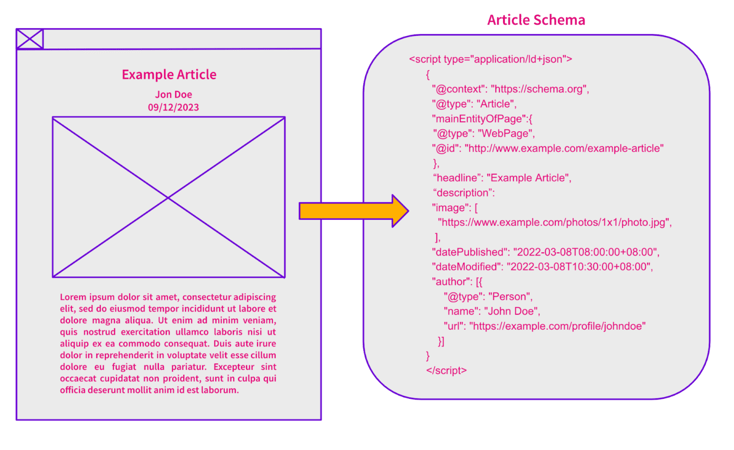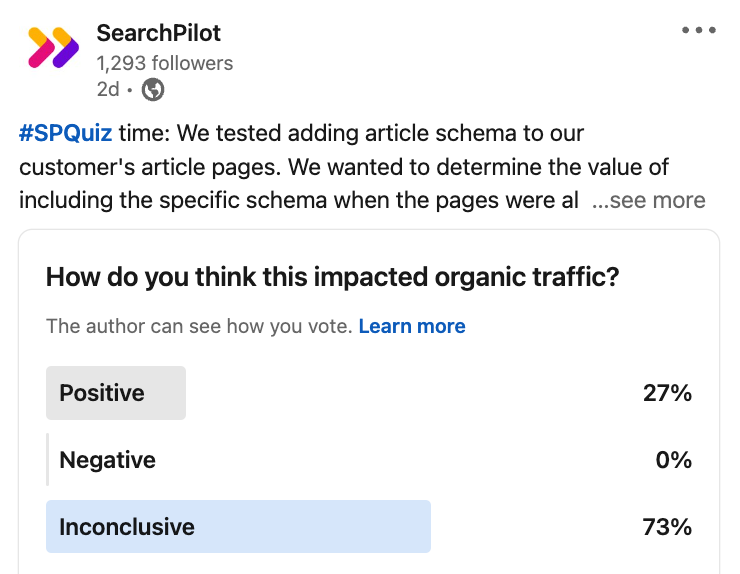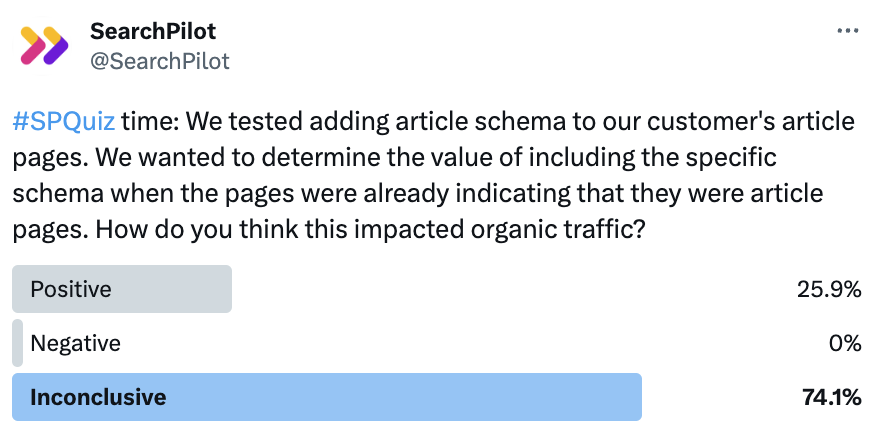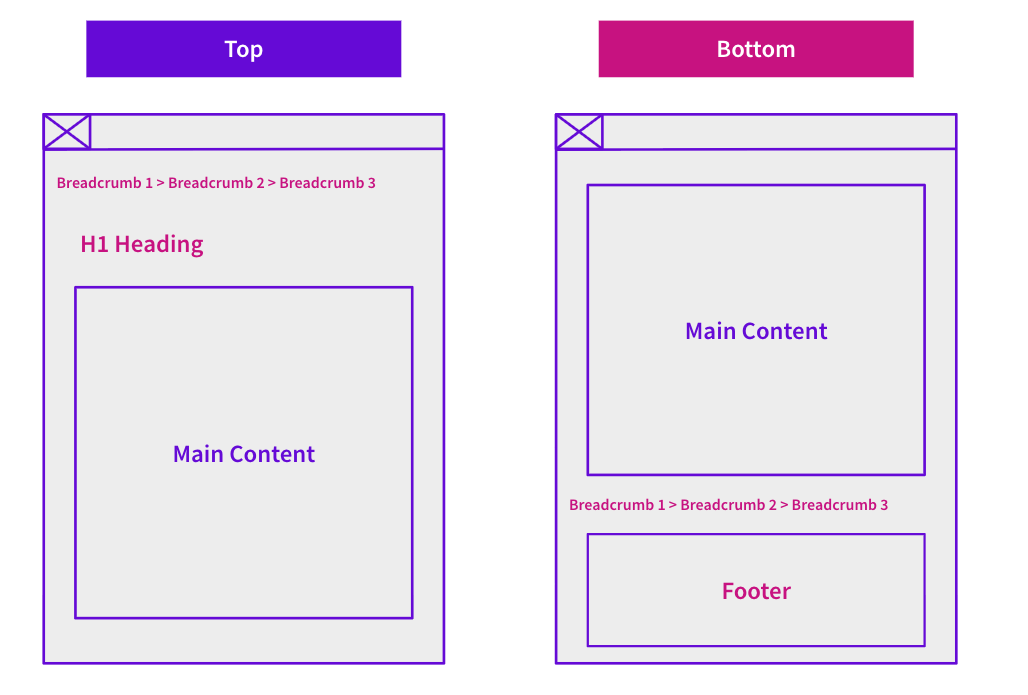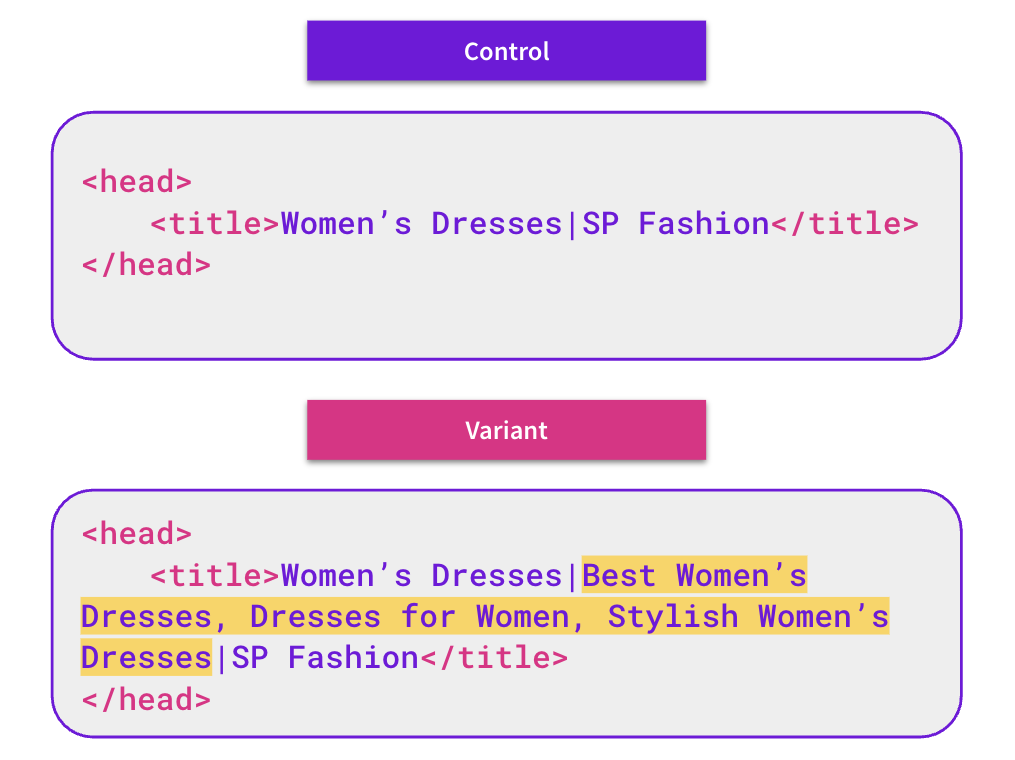Start here: how our SEO split tests work
If you aren't familiar with the fundamentals of how we run controlled SEO experiments that form the basis of all our case studies, then you might find it useful to start by reading the explanation at the end of this article before digesting the details of the case study below. If you'd like to get a new case study by email every two weeks, just enter your email address here.
In this week's #SPQuiz, we asked if adding article schema to the page would help improve organic traffic.
We asked our followers on both Twitter and LinkedIn what they thought the impact would be on organic traffic.
LinkedIn Poll
It's an even split of what the test result would be from our LinkedIn followers.
Twitter Poll
Most of our Twitter/X followers believed the result would be inconclusive.
The Case Study
Our hypothesis for this case study came from a customer who recognized they were missing article schema on all of their article pages – information used by search engines to better understand the content and potentially populate article snippets. Rather than just deploying the change outright, we ran an A/B test to measure any impact related to this discovery. If so, they could communicate that value internally to their own leadership.
We’ve written previously about another customer who ran this exact same test in a different industry – which didn’t result in any impact. Even with that knowledge, it’s still worth testing these ideas for different websites. Each website will be facing different levels of competition in search rankings and some will be more optimised for keywords that display enhanced article listings more frequently. Also, it's been a while since we last tested it, and Google may have had updates since then that may lead to a different result.
What was changed
For this test we used SearchPilot to reference existing parts of the page to compile unique article schema for each page in the section. 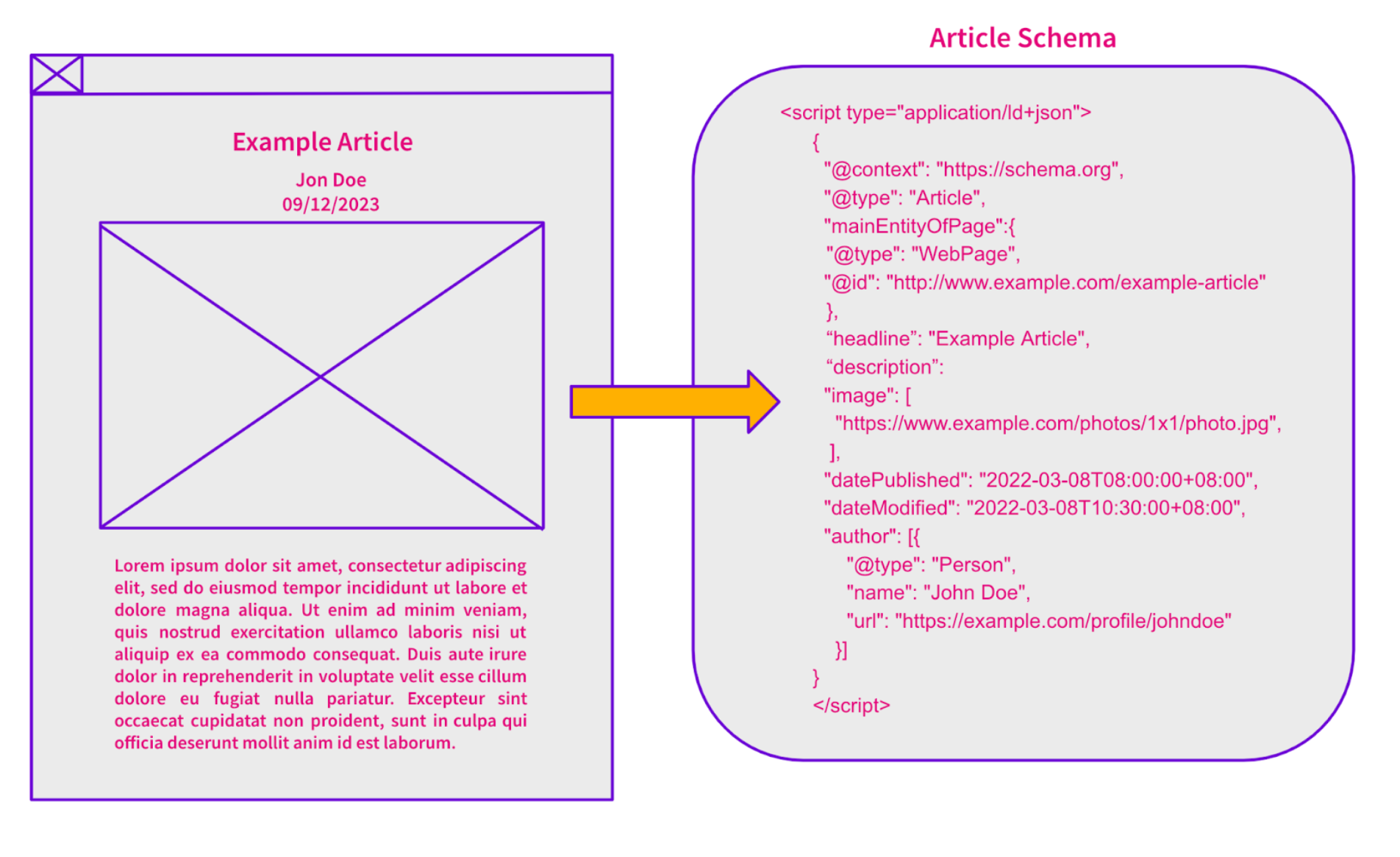
Results
We ended the test after 20 days because the addition of article schema presented no detectable change to their organic traffic.
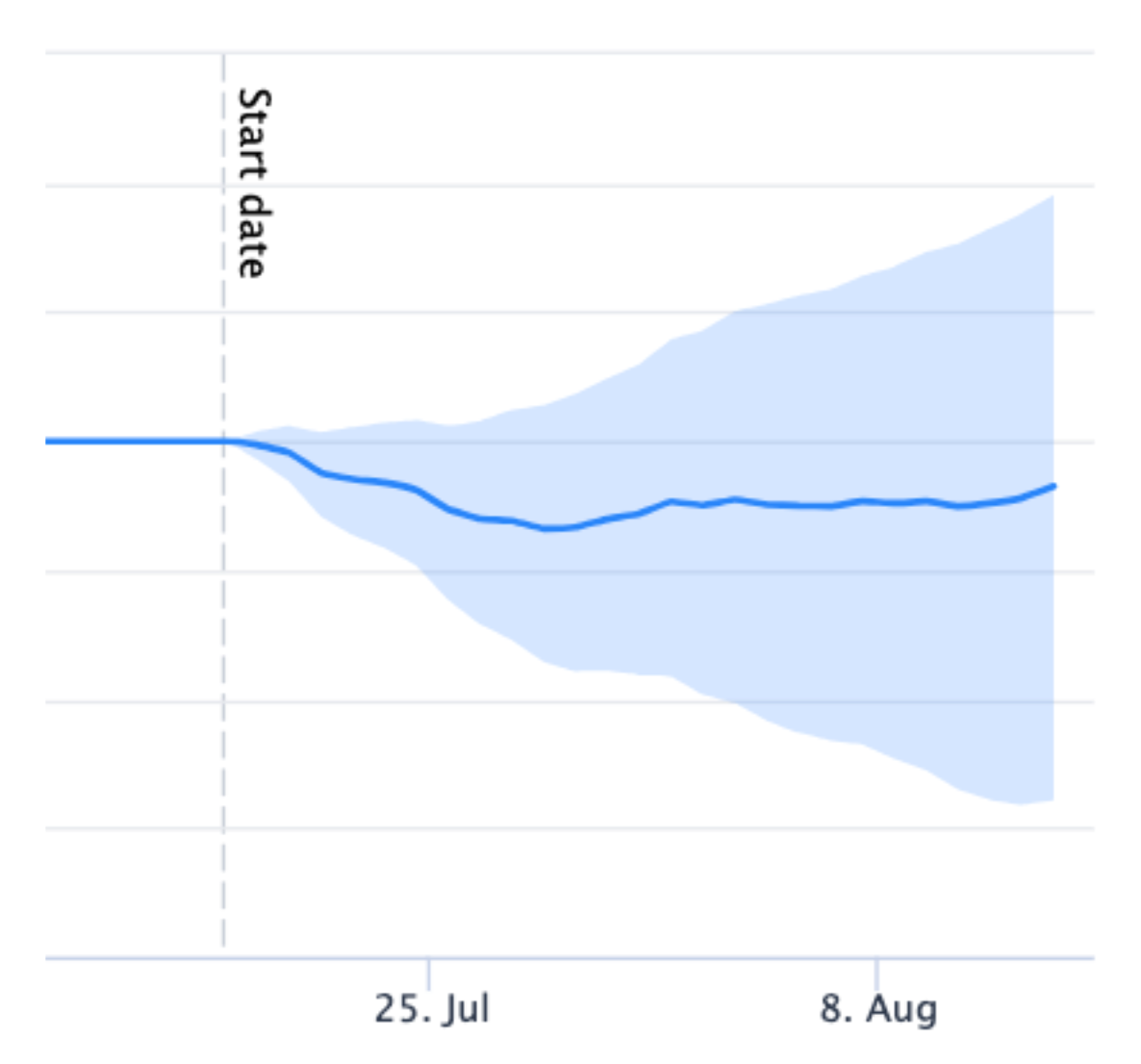
Even though this page update presented no change to their organic traffic, adding relevant schema markup to your pages is an SEO best practice – including it might be more beneficial in the future! We used SearchPilot’s Meta CMS feature to deploy article schema to their pages while they waited on their engineering team to productionalize the change in a future update.
Our latest update on implementing article schema again suggests that it doesn’t really improve your organic traffic. Examples of article schema leading to a positive improvement in organic traffic may be limited to unique websites that are posed for keywords that display enhanced article listings more often. But stay tuned – maybe we will revisit this hypothesis again in the future.
How our SEO split tests work
The most important thing to know is that our case studies are based on controlled experiments with control and variant pages:
- By detecting changes in performance of the variant pages compared to the control, we know that the measured effect was not caused by seasonality, sitewide changes, Google algorithm updates, competitor changes, or any other external impact.
- The statistical analysis compares the actual outcome to a forecast, and comes with a confidence interval so we know how certain we are the effect is real.
- We measure the impact on organic traffic in order to capture changes to rankings and/or changes to clickthrough rate (more here).
Read more about how SEO testing works or get a demo of the SearchPilot platform.
